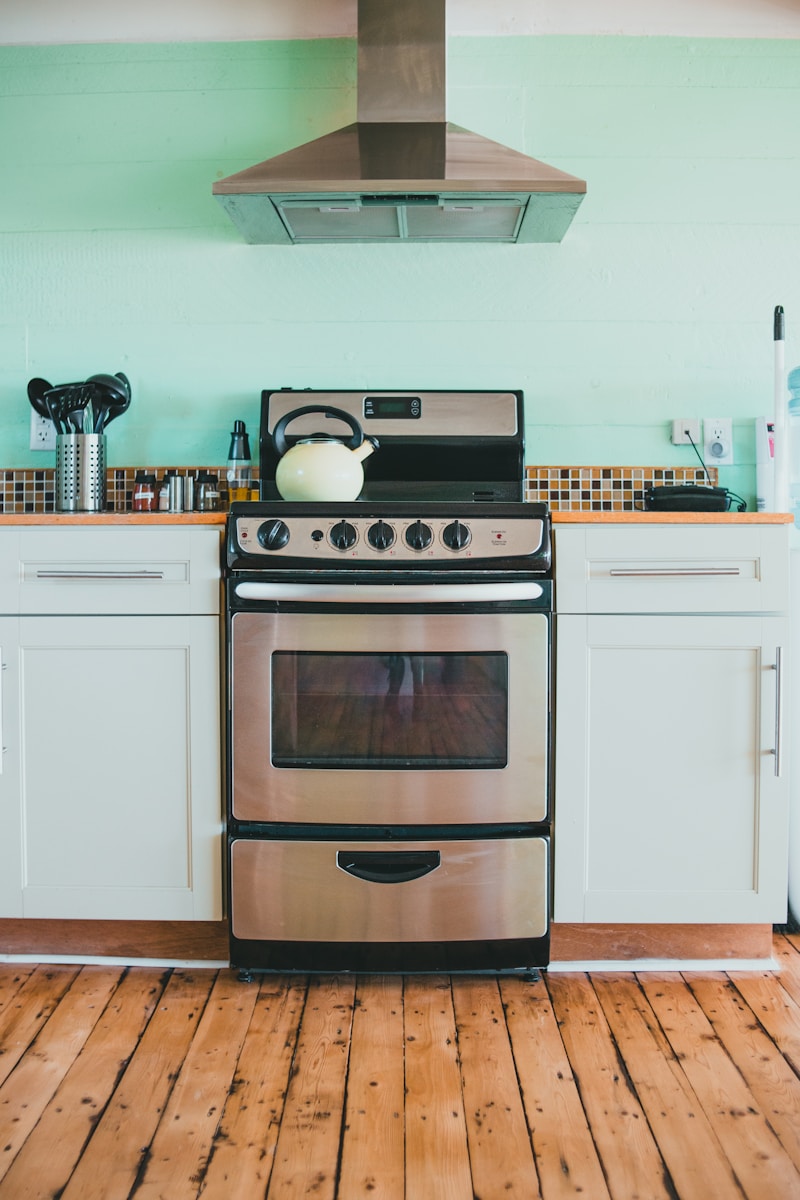DIY Microwave Oven Repairs: Fixing Common Issues
Introduction
Welcome to our ultimate guide on DIY Microwave Oven Repairs! Are you tired of your microwave not heating, leaving you with cold meals? Want to save time and money by fixing it yourself? Well, you’re in the right place! We’ll walk you through common microwave issues and how to tackle them head-on. Let’s dive in and get your microwave back in action
Main Headings
1.Microwave Not Heating
- Check power supply and outlet connections
- Inspect the internal fuse
- Test the magnetron and diode
When your microwave stops heating, it can disrupt your daily routine. Before calling a professional, you can try troubleshooting the issue yourself. Here are some steps to help you diagnose and potentially fix the problem:
- Check power supply and outlet connections: Ensure that the microwave is plugged into a working outlet and that there are no issues with the power supply. Sometimes, a loose connection or a tripped circuit breaker can be the culprit.
- Inspect the internal fuse: A blown fuse can cause the microwave to stop heating. To check this, you will need to access the fuse located inside the microwave. If the fuse is blown, replacing it with a new one might solve the heating issue.
- Test the magnetron and diode: The magnetron is the part of the microwave responsible for generating heat. A malfunctioning magnetron or diode can lead to heating problems. You can use a multimeter to test these components for continuity and replace them if necessary.
Remember, safety is paramount when working with electrical appliances. Make sure to unplug the microwave and follow proper safety precautions before attempting any repairs. If you are unsure or uncomfortable with these troubleshooting steps, it’s always best to seek the help of a professional technician.
By taking the time to troubleshoot the “microwave not heating” issue on your own, you can save time and money. Plus, the satisfaction of fixing the problem yourself can be immensely rewarding. So, roll up your sleeves and give it a shot – you might just become the microwave repair expert in your household!
2. Fixing Common Heating Element Issues
- Replacing the heating element
- Testing and replacing the thermostat
- Cleaning the interior for improved heating
Dealing with heating element problems in your microwave can be frustrating, but with some basic knowledge and guidance, you may be able to resolve these issues on your own. Here’s a breakdown of common heating element issues and how you can address them:
- Replacing the heating element: If your microwave is not heating properly, a faulty heating element could be to blame. To replace the heating element, you will need to access the interior of the microwave and locate the element. Disconnect the power supply, carefully remove the old element, and install the new one following the manufacturer’s instructions. This simple replacement can often restore your microwave’s heating functionality.
- Testing and replacing the thermostat: The thermostat in your microwave helps regulate the temperature and ensure safe operation. If the thermostat is malfunctioning, it can lead to heating issues. Use a multimeter to test the continuity of the thermostat. If it’s defective, replacing it with a new one can resolve the problem and restore proper heating.
- Cleaning the interior for improved heating: Over time, food splatters and grease buildup can affect the efficiency of your microwave’s heating element. Regularly cleaning the interior of the microwave with a mild detergent and warm water can help improve heating performance. Pay special attention to the walls, ceiling, and floor of the microwave to remove any residue hindering proper heating.
3. Importance of DIY Microwave Repairs
- Cost-effective solutions
- Quick fixes for common issues
- Empowerment through appliance repair knowledge
Taking the initiative to tackle DIY microwave repairs can offer numerous benefits beyond just fixing a malfunctioning appliance. Let’s explore why engaging in DIY troubleshooting and repair can be advantageous:
- Cost-effective solutions: Hiring a professional for appliance repairs can be costly, especially for minor issues that you could potentially address yourself. By learning to troubleshoot and fix common microwave problems on your own, you can save money on service fees and parts replacement. This cost savings can add up over time, making DIY repairs a financially wise choice.
- Quick fixes for common issues: Many microwave problems, such as heating issues or door latch malfunctions, can often be resolved through simple DIY techniques. Having the knowledge to identify and address these common issues promptly can save you time and prevent further damage to your appliance. DIY repairs empower you to take control of the situation and restore your microwave’s functionality swiftly.
- Empowerment through appliance repair knowledge: Acquiring skills in DIY appliance repair not only benefits your immediate situation but also equips you with valuable knowledge for future maintenance needs. Understanding how your microwave works, identifying potential issues, and confidently troubleshooting problems can boost your confidence in handling similar challenges with other household appliances. This empowerment fosters a sense of independence and self-reliance in managing home maintenance tasks effectively.
Conclusion
As we conclude our guide on DIY Microwave Oven Repairs: Fixing Common Issues, it’s evident that taking the initiative to troubleshoot and repair your microwave can bring about significant benefits. By addressing issues like the “microwave not heating” problem, fixing heating element issues, and understanding the importance of DIY repairs, you empower yourself to save money, time, and gain valuable skills in appliance maintenance.
Remember, the satisfaction of successfully fixing your microwave on your own goes beyond just resolving a malfunction – it instills a sense of accomplishment and self-reliance. You become the hero of your kitchen, equipped with the knowledge and confidence to tackle future appliance challenges head-on.
So, why wait for a repair technician when you can be the expert in your own home? Roll up your sleeves, follow our DIY repair guide, and embrace the world of appliance maintenance with confidence. Your microwave awaits your skillful touch to bring it back to optimal performance.
Call to Action:
Are you ready to take charge of your microwave’s health and become a DIY repair aficionado? Start by applying the troubleshooting tips and repair techniques outlined in our guide. Remember, practice makes perfect, and with each successful repair, you’ll gain more confidence in handling various appliance issues. Don’t hesitate to explore the world of DIY appliance maintenance – your wallet and your kitchen appliances will thank you for it! Happy repairing!

